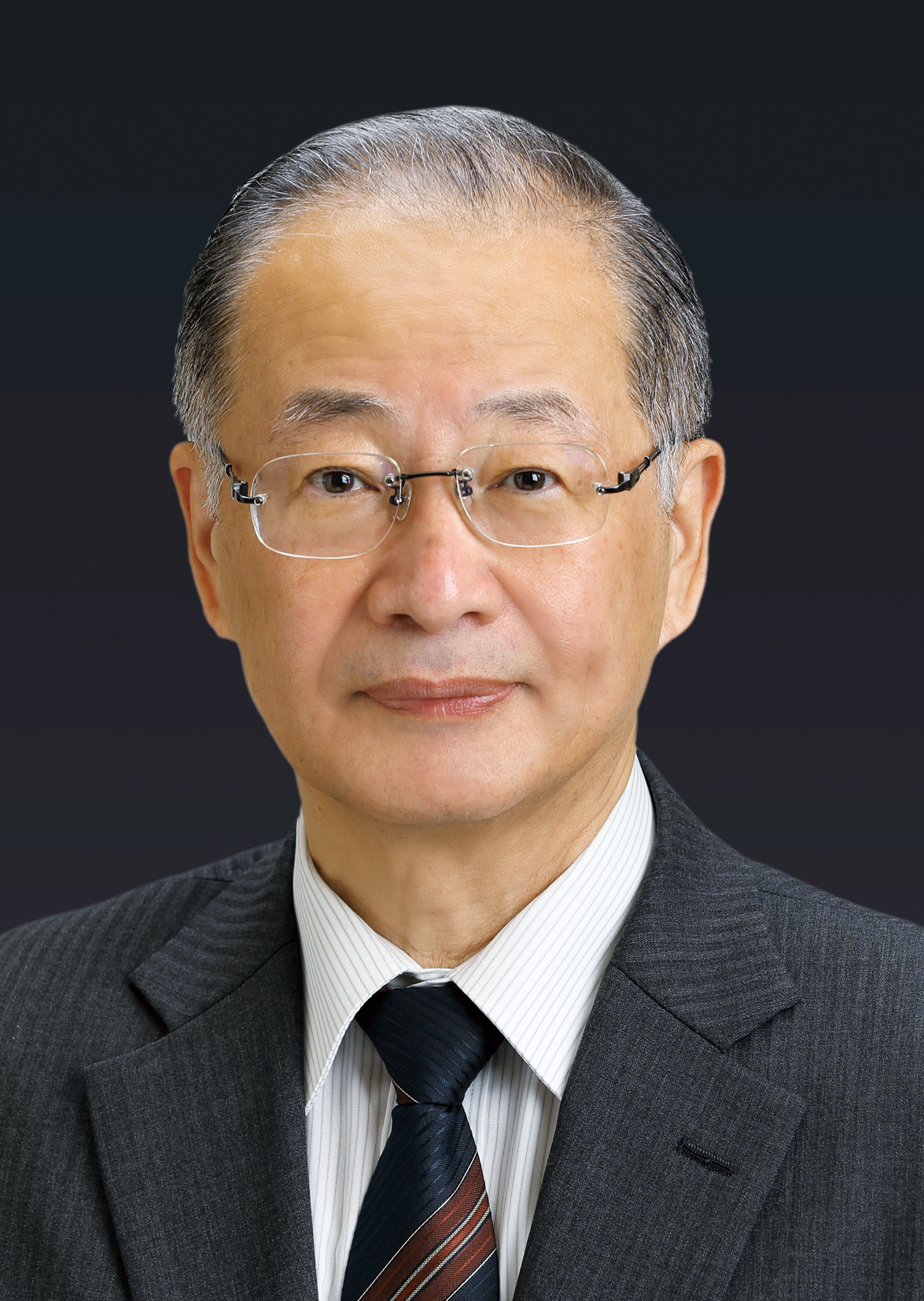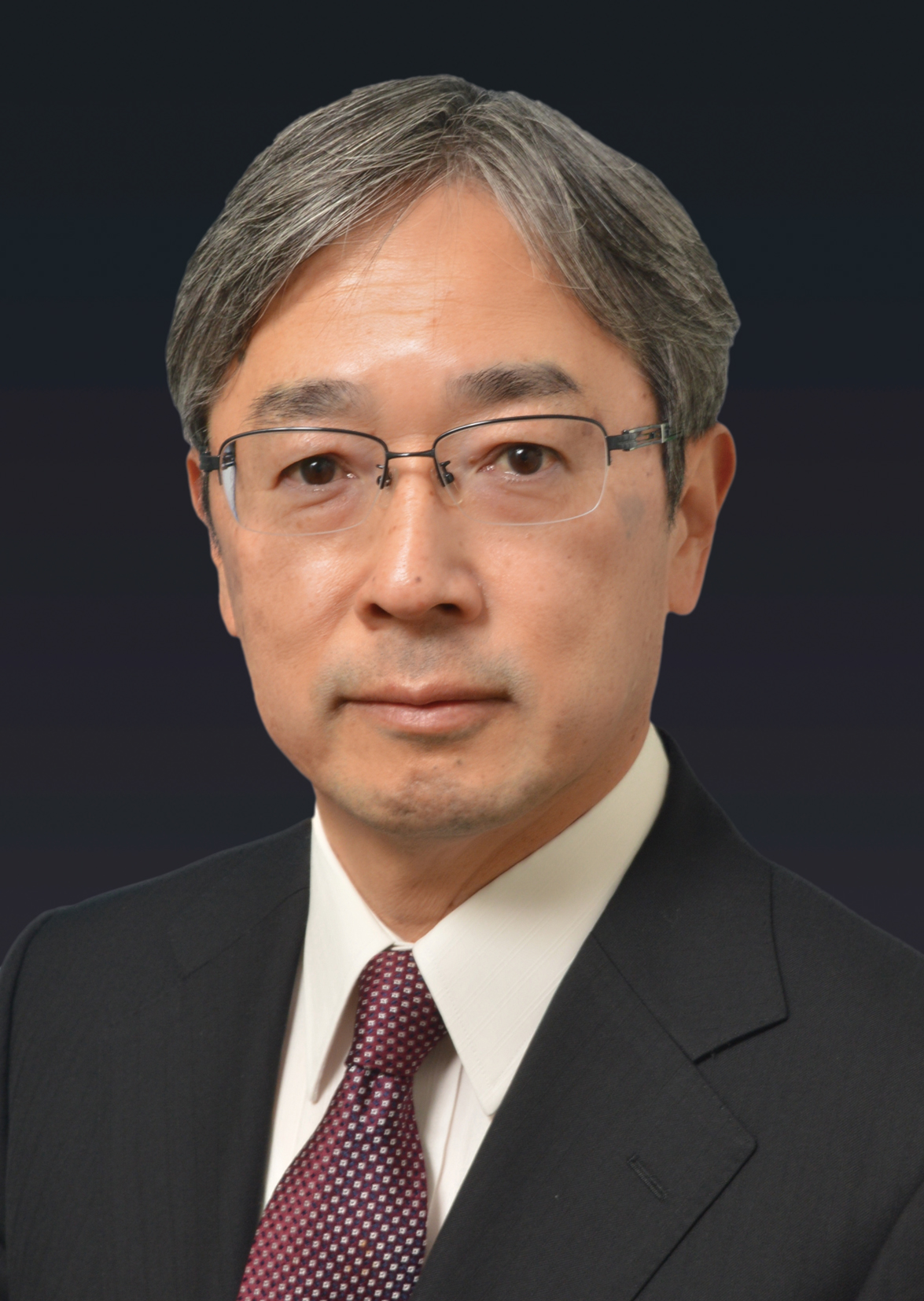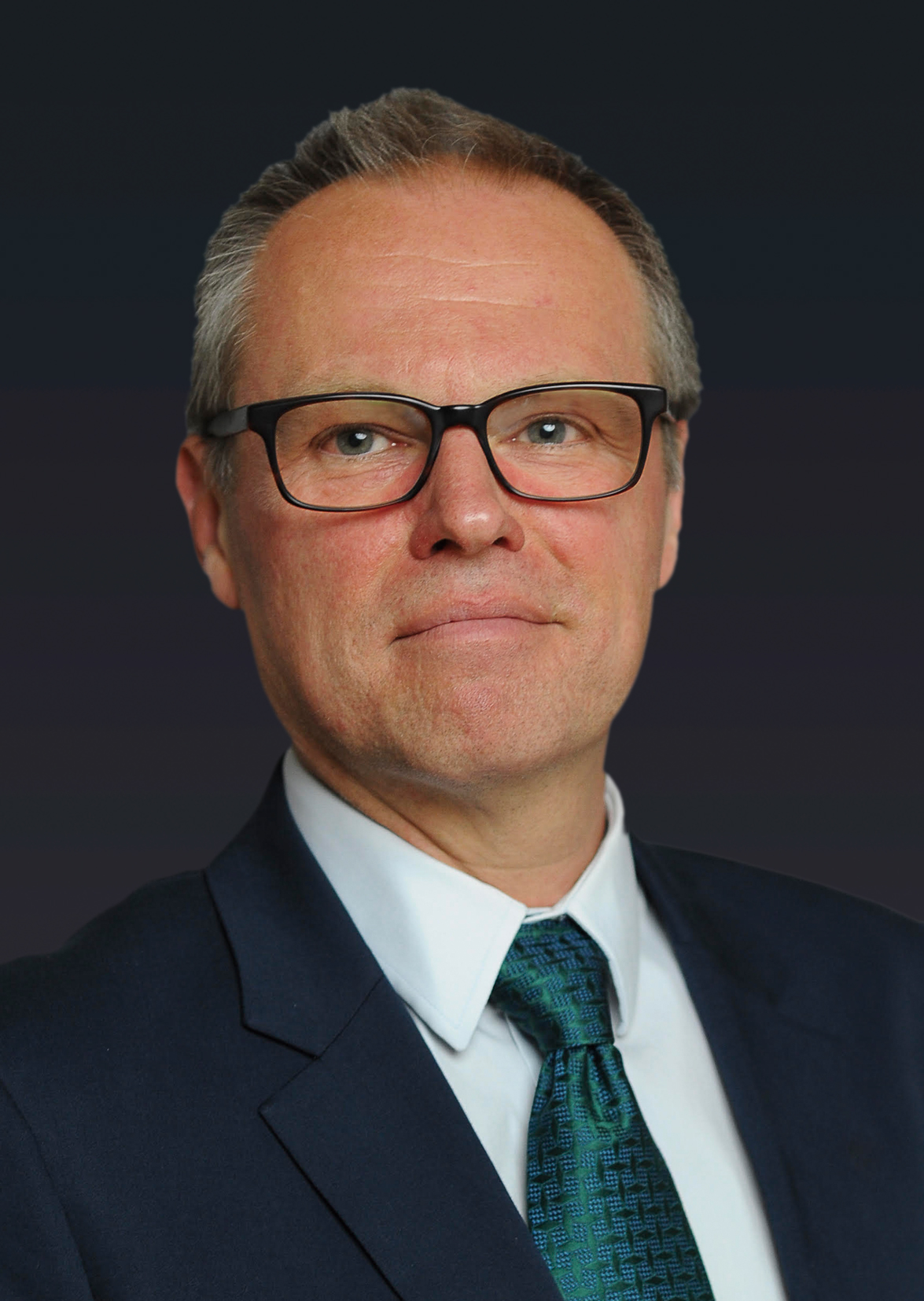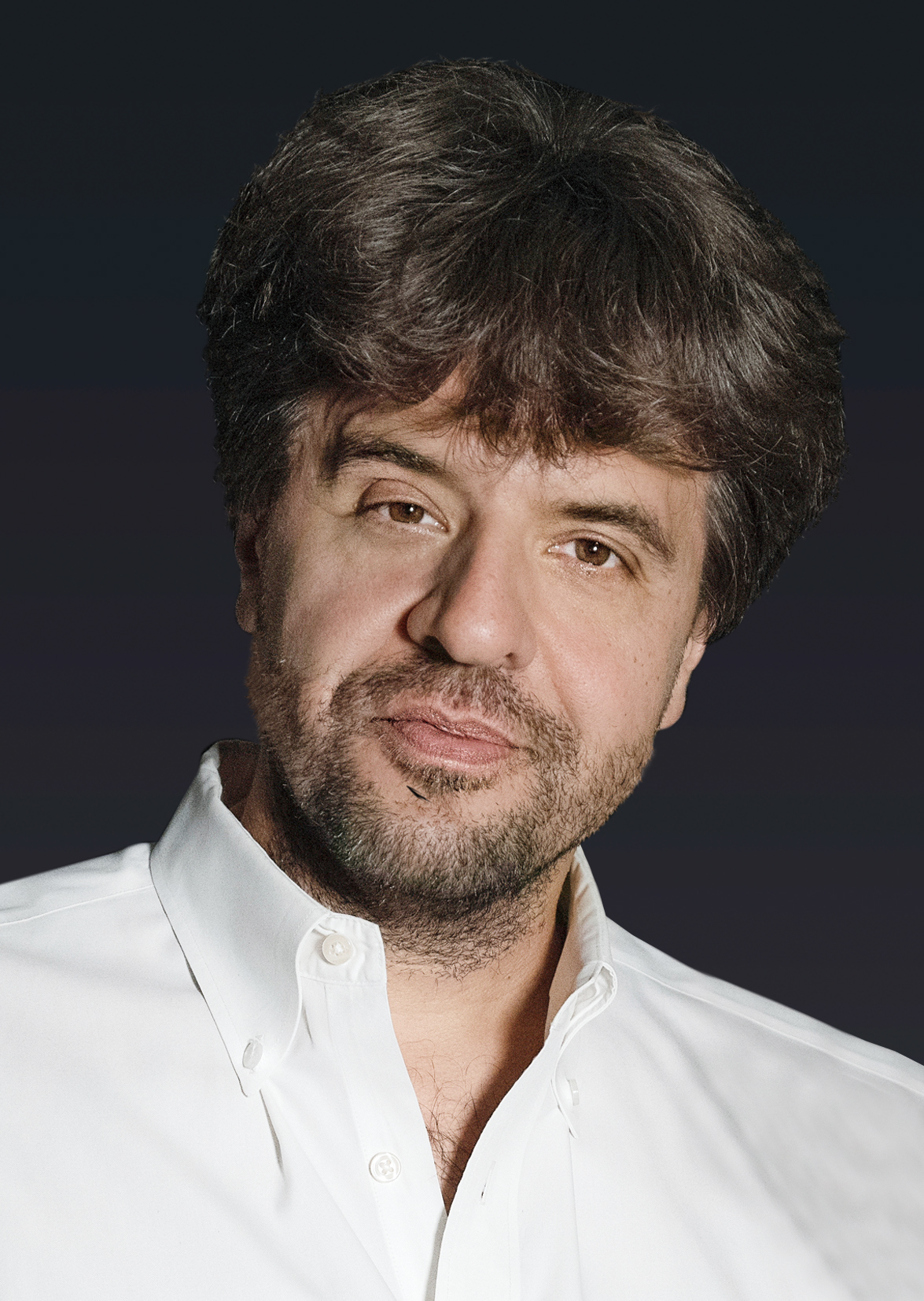The insurtech is named winner of the 2023 5-Star Diversity, Equity, and Inclusion award
Boston, Jan. 24, 2023 (GLOBE NEWSWIRE) — Duck Creek Technologies (NASDAQ: DCT), the intelligent solutions provider defining the future of property and casualty (P&C) insurance, has earned recognition from Insurance Business America as its 2023 5-Star Diversity, Equity, and Inclusion winner for its strong programs and values around diversity, equity and inclusion (DE&I).
Duck Creek is inherently people-focused and proudly made up of diverse individuals and global teams. The company’s culture and DE&I programs are a central part of its strategic global vision. Duck Creek has five dedicated Employee Resource Groups (ERGs) focused on race, ethnicity, gender, military service and career level, and two councils focused on diversity and employee experience. Duck Creek has championed a workplace that values and celebrates individuals and differences while encouraging and enabling collaboration.
“It is an honor for Duck Creek to be recognized as a leader of diversity, equity and inclusion in the insurance industry,” says Mike Jackowski, Chief Executive Officer at Duck Creek. “Our people are our greatest asset and they are central to creating a community of belonging and helping us transform the future of insurance through purpose, technology and data. The different backgrounds, experiences and ideas of our employees enable our customers’ success and bring value to our entire ecosystem.”
“Diversity is vital at Duck Creek and we recognize that it has many dimensions,” said Amy Bayer, Global Director – DE&I, Engagement and Culture. “We work intentionally to ensure a diverse collection of people, voices, and perspectives are represented, respected, empowered, and thrive at our company. We are dedicated to continuously strengthening our winning culture and expanding our DE&I initiatives to remain a community where employees feel a true sense of belonging and experience opportunities for long-term personal and professional growth.”
About IBA
Insurance Business provides a unique offering in the insurance space as an aspirational business magazine featuring a series of industry reports that recognize the achievements of key individuals and businesses as well as providing the latest in business best practice in a continually evolving industry.
The monthly magazine is supported by an online industry hub offering daily news and business intelligence via a website and daily e-newsletter. Committed to delivering the latest industry news, opinion and analysis, Insurance Business Online takes a fresh approach to covering the need-to-know developments of the day from government and regulatory bodies, platforms, underwriters and insurance firms, as well as industry service providers.
About Duck Creek Technologies
Duck Creek Technologies (NASDAQ: DCT) is the intelligent solutions provider defining the future of the property and casualty (P&C) and general insurance industry. We are the platform upon which modern insurance systems are built, enabling the industry to capitalize on the power of the cloud to run agile, intelligent, and evergreen operations. Authenticity, purpose, and transparency are core to Duck Creek, and we believe insurance should be there for individuals and businesses when, where, and how they need it most. Our market-leading solutions are available on a standalone basis or as a full suite, and all are available via Duck Creek OnDemand. Visit www.duckcreek.com to learn more. Follow Duck Creek on our social channels for the latest information – LinkedIn and Twitter.
Carley Bunch Duck Creek Technologies +1 (201) 962-6091 carley.bunch@duckcreek.com
GlobeNewswire Distribution ID 8734761




